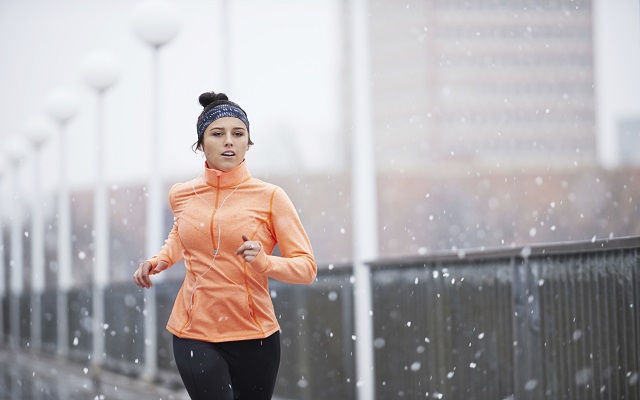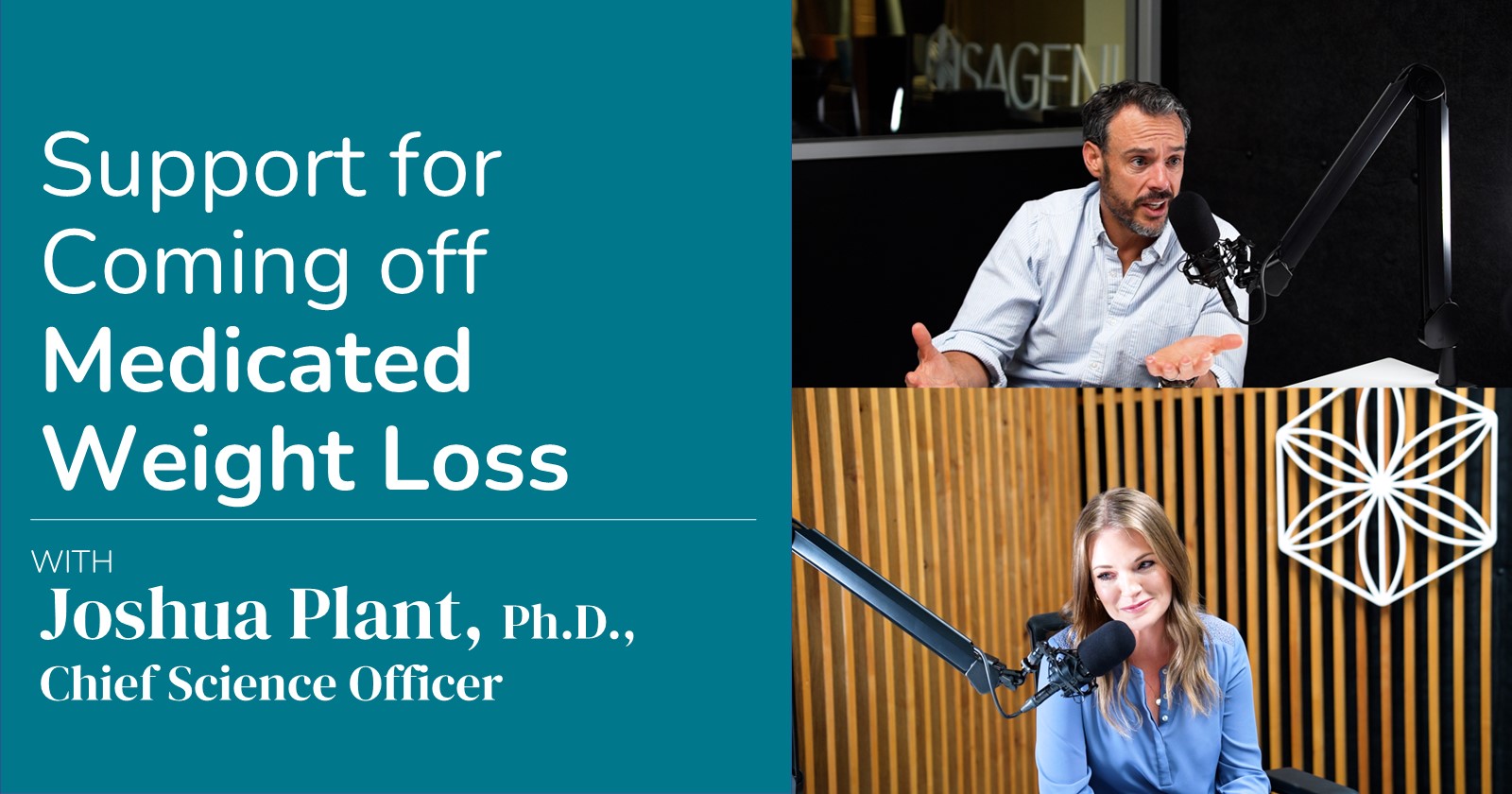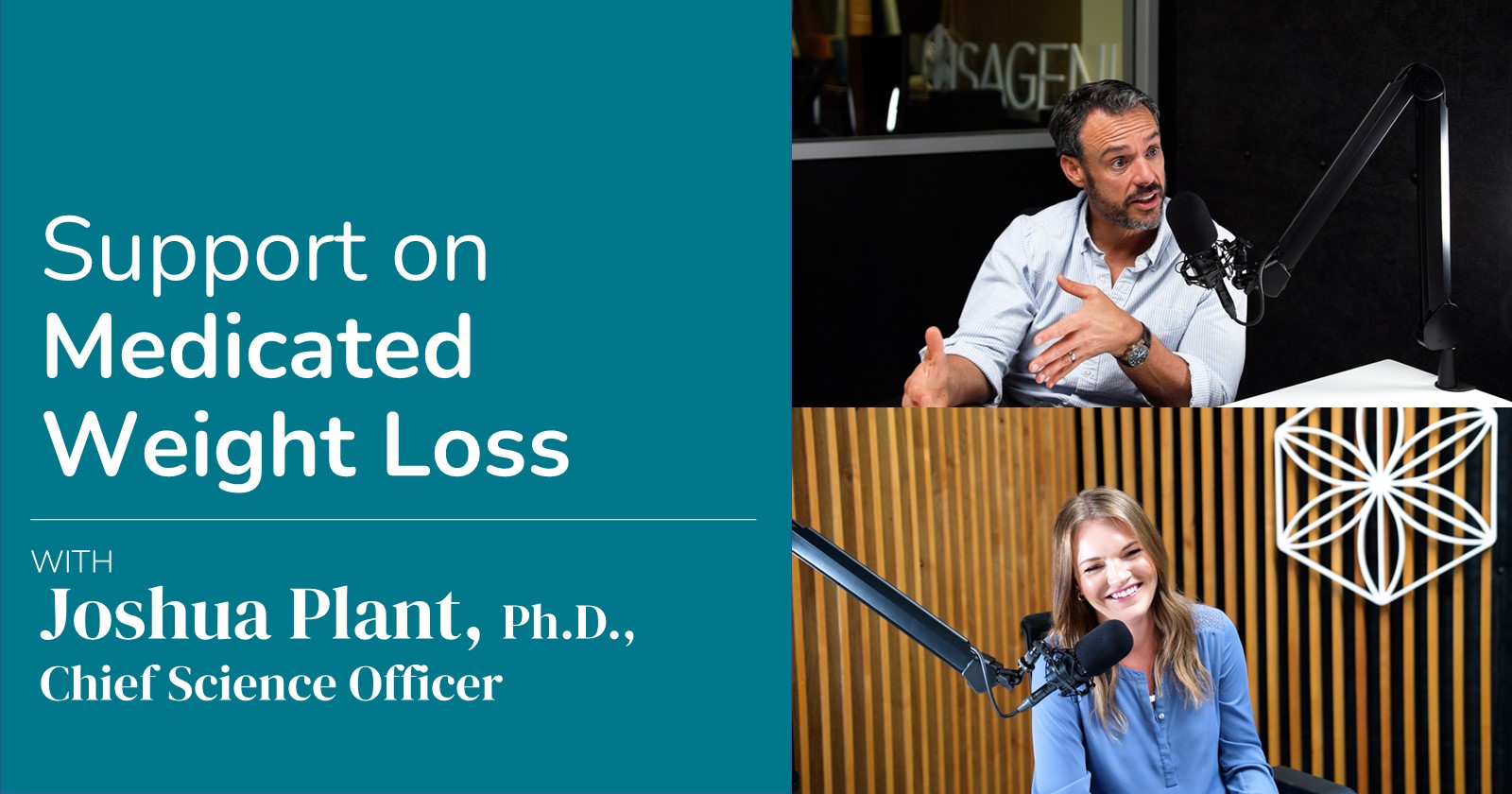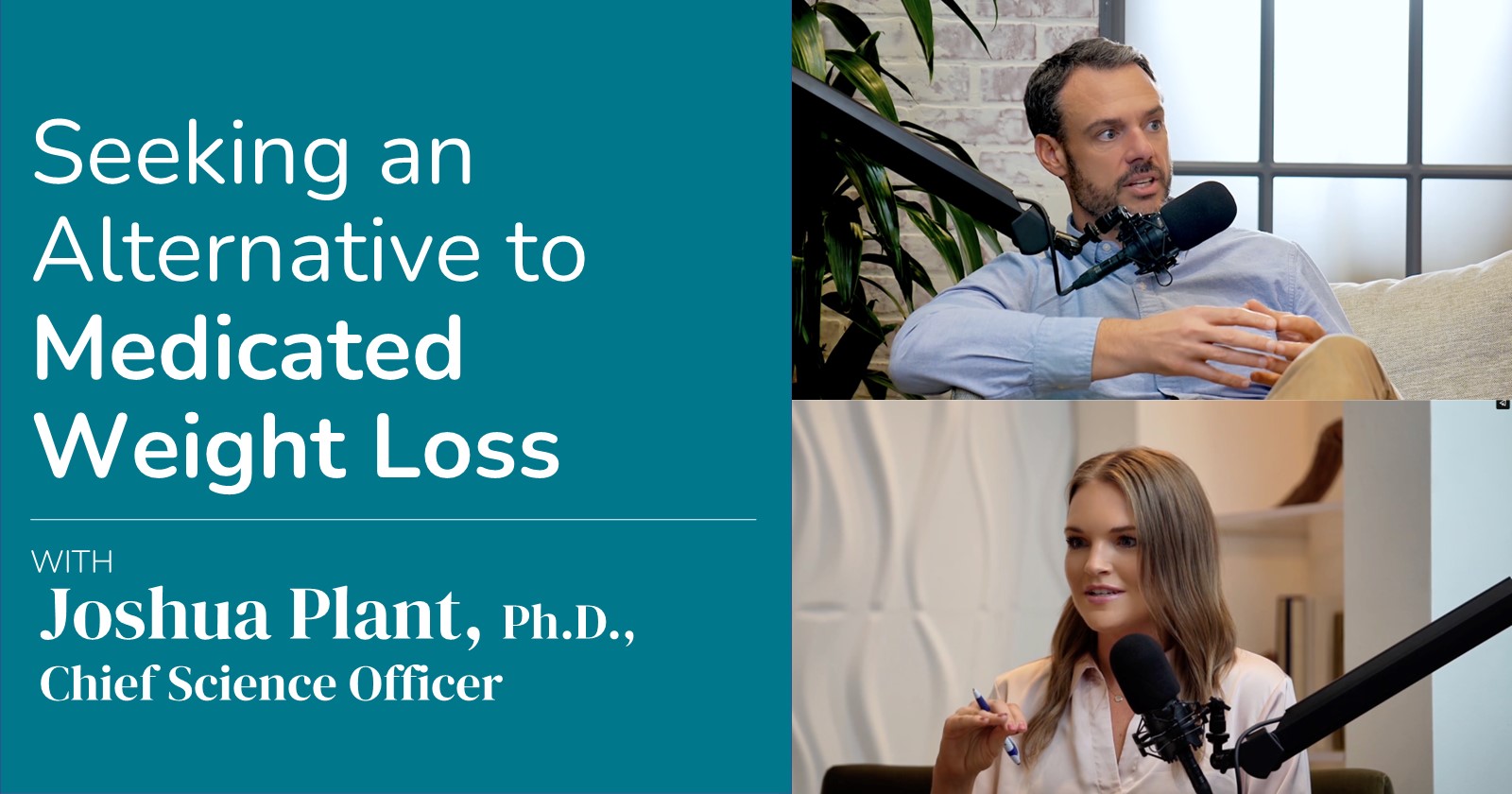Most of us find it pretty easy to forgo our outdoor workouts (or exercise altogether) during the colder, darker winter months. Getting to the gym becomes that much harder when you throw in snow, wind, gloomy days, and low temperatures.
Before you give in and restrict yourself to the stuffy gym, or worse, hibernating for the next few months, it may be worth considering the idea of an outdoor winter workout. An absurd idea? Hear us out because there are actually several unexpected benefits.
- You’ll help strengthen your heart. The colder weather makes the heart work harder to distribute blood flow throughout the body to keep it warm (1). As long as it’s OK with your doctor, exercising in the cold can be a great tool to improve cardiovascular endurance.
- You may burn a few extra calories. Because your body will be working so hard to keep warm, you may burn extra calories and have a more effective workout.
- It can keep you from getting sick. Regular exercise (wherever you choose to do it) has been shown to boost the immune system, which can help protect against the dreaded viruses floating around during the winter (2). Exercising outdoors also means you can avoid gym germs. Despite common misconceptions about staying indoors to avoid a cold, you are much more likely to pick up an illness from the gym than the outdoors. With all the extra people in those close quarters sweating and sharing equipment, the gym during the winter is the perfect place to pick up an illness.
- It will help fight off those “winter blues.” If you are susceptible to the “winter blues” also known as “seasonal affective disorder” or SAD, getting outdoors to exercise for just a few minutes a day is a great way to keep them at bay. If you are able to get outside while there is still some daylight, you will be more likely to help your body produce a nice dose of vitamin D, which is shown to help improve mood (3).
- It will make you happier. Because the body is working hard to stay warm, it will produce an increased amount of endorphins (4). These endorphins can trigger the release of dopamine and serotonin, neurotransmitters that have the ability to boost your mood and make you feel good.
Now, although we know there are numerous health benefits behind a cold-weather workout, there are some risks associated with exercising outside in the cold: falling on ice, hypothermia, dehydration, and exposure to strong winds and snow. Please take these simple precautions below to protect yourself before you exercise outside.
- Use good judgment about the weather conditions. If it’s raining or snowing to the point where you are constantly wet or if the wind chill is at an extreme low (under 10 degrees Fahrenheit with high winds), it can be potentially hazardous to be outdoors for too long. In this case we suggest that you exercise indoors.
- Be aware of your body’s reaction to the cold. Severe shivering or numbness is a good reason to head indoors.
- Stay well hydrated. Some studies have shown that people exercising in the cold weather do not get as thirsty (5). Though the cold may suppress your thirst, it is important to stay hydrated so you can continue performing at your best and avoid dehydration.
- Wear your sunscreen. Even if you’re freezing, it’s important to wear sunscreen and lip balm. Remember, just because it’s cold doesn’t mean you can’t get a sunburn or end up with damage to your skin. Even on cloudy days, it’s possible for UVA rays to penetrate through and cause skin damage.
- Wear layers. Make sure your bottom layer is made of some sort of moisture-wicking fabric. When you begin sweating, other fabrics like cotton will retain moisture and make you colder. If it’s extremely cold, you will want an extra layer or two with a waterproof top layer. Make sure to protect any other exposed areas of your body with gloves, hats or headbands, scarves, and thick socks.
Be mindful of the risks associated with a cold-weather workout—especially if you have heart or respiratory problems. However, if you are careful and take the necessary precautions, there’s no reason not to exercise during the winter and reap all the wonderful benefits from doing so. Give it a try this winter— it may even become your favorite time of year to exercise!
References:
- Hessemer V, Langusch D, Brück LK, Bödeker RH, Breidenbach T. Effect of slightly lowered body temperatures on endurance performance in humans. J Appl Physiol Respir Environ Exerc Physiol. 1984 Dec;57(6):1731-7.
- Watts G. Exercise boosts immunity–up to a point. BMJ. 2012 Jan 9;344:e218. doi: 10.1136/bmj.e218.
- Melrose S. Seasonal Affective Disorder: An Overview of Assessment and Treatment Approaches. Depress Res Treat. 2015;2015:178564. doi: 10.1155/2015/178564. Epub 2015 Nov 25.
- J. Thompson Coon, K. Boddy, K. Stein, R. Whear, J. Barton, M. H. Depledge. Does Participating in Physical Activity in Outdoor Natural Environments Have a Greater Effect on Physical and Mental Wellbeing than Physical Activity Indoors? A Systematic Review. Environmental Science & Technology, 2011; 110203115102046 DOI: 10.1021/es102947t
- Mears SA, Shirreffs SM. Voluntary water intake during and following moderate exercise in the cold. Int J Sport Nutr Exerc Metab. 2014 Feb;24(1):47-58. doi: 10.1123/ijsnem.2013-0034.





